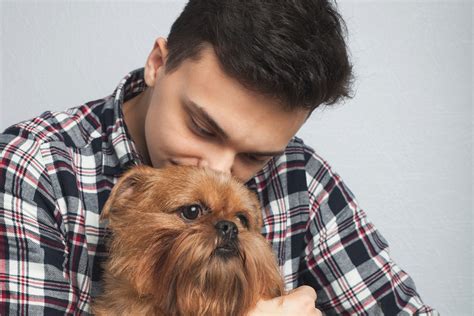Introduction
Dog grooming is an essential part of responsible pet ownership. Whether your furry friend is a long-haired breed like a poodle or a short-haired breed like a pug, regular grooming is vital for maintaining their health, happiness, and appearance. However, with the multitude of dog grooming services available, it’s natural to have questions.

This comprehensive guide from A Pup Above aims to answer the most frequently asked questions about dog grooming and provide insights into the benefits of professional grooming versus DIY grooming. By equipping yourself with knowledge, you can make informed decisions about your dog’s grooming needs and ensure their well-being.
Professional Grooming: Benefits and Considerations
Benefits of Professional Grooming:
- Expert Care: Certified groomers are skilled in handling all breeds and coat types, ensuring a safe and effective grooming experience.
- Customized Treatment: Groomers assess each dog individually and adjust their techniques to meet their specific needs.
- Time-Saving: Professional grooming eliminates the hassle and time-consuming task of DIY grooming, allowing pet owners to focus on spending quality time with their furry companions.
- Specialized Equipment: Grooming salons have specialized tools and products that provide a thorough and precise grooming experience.
- Health Monitoring: Groomers can detect and address potential health issues, such as skin irritations, ear infections, and matting, during grooming sessions.
Considerations:
- Cost: Professional grooming services can be more expensive than DIY grooming.
- Scheduling: Appointments may be required, which can limit flexibility for busy pet owners.
- Trust and Comfort: Establishing a trusting relationship with a groomer is crucial for ensuring your dog’s comfort and well-being.
DIY Grooming: Pros and Cons
Advantages of DIY Grooming:
- Cost-Effective: DIY grooming can save money compared to professional services.
- Convenience: You can groom your dog on your schedule, without the need for appointments.
- Bonding Experience: DIY grooming can be a bonding experience between you and your furry friend.
- Control: You have complete control over the grooming process and the products used.
Disadvantages:
- Limited Expertise: Unless you have extensive grooming experience, DIY grooming may not provide the same level of care as professional grooming.
- Time-Consuming: DIY grooming can be time-intensive, especially for dogs with challenging coats.
- Potential Safety Issues: Using sharp tools and products without proper training can result in accidental injuries to both you and your dog.
- Equipment and Products: You will need to invest in appropriate grooming tools and products to effectively groom your dog.
Choosing the Right Grooming Option for Your Dog
The best grooming option for your dog depends on factors such as:
- Breed and Coat Type: Different breeds have specific grooming requirements. Long-haired breeds require more frequent and detailed grooming than short-haired breeds.
- Lifestyle and Activity Level: Dogs that are active outdoors or have allergies may benefit from professional grooming more often.
- Your Time and Budget: Consider your available time and budget when deciding between professional and DIY grooming.
- Your Dog’s Comfort and Temperament: Some dogs may be anxious or fearful during grooming, so professional grooming may be a better choice.
Frequently Asked Questions (FAQs)
Q: How often should I groom my dog?
A: The frequency of grooming depends on your dog’s breed, coat type, and lifestyle. As a general rule:
- Short-haired breeds: Every 4-8 weeks
- Long-haired breeds: Every 2-4 weeks
- Dogs with thick or curly coats: Every 4-6 weeks
- Dogs with skin allergies or health issues: More frequent grooming may be required
Q: What does a basic professional grooming session typically include?
A: Typically, a basic grooming session includes:
- Bath: Using specialized shampoos and conditioners
- Brushing: To remove loose hair and mats
- Nail trimming: For comfort and safety
- Ear cleaning: To prevent infections
- Gland expression: To remove excess fluid
Q: Can I bathe my dog at home?
A: Yes, you can bathe your dog at home. However, it’s important to use dog-specific shampoos and conditioners to avoid irritating their skin. Thoroughly rinse all soap residue and avoid getting water in their ears.
Q: How can I prevent mats from forming on my dog’s coat?
A: Regular brushing is key to preventing mats. Use a brush that is appropriate for your dog’s coat type and brush gently to avoid discomfort.
Q: Is it better to use scissors or clippers to groom my dog?
A: It depends on the desired length and style of your dog’s coat. Scissors are more precise for detailed trimming, while clippers can provide a shorter, even cut. Consult with a professional groomer for guidance on the best tool for your dog.
Conclusion
Dog grooming is an essential aspect of pet care that contributes to your furry friend’s health, happiness, and appearance. By understanding the benefits and considerations of professional versus DIY grooming, you can make an informed decision that best suits your dog’s needs. Whether you choose to groom your dog yourself or entrust the task to a professional, ensuring regular grooming is paramount for your dog’s well-being.





















